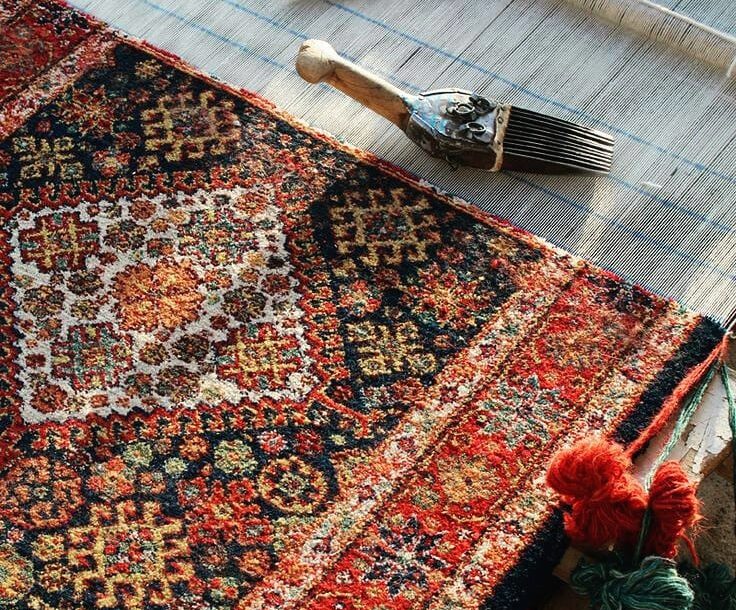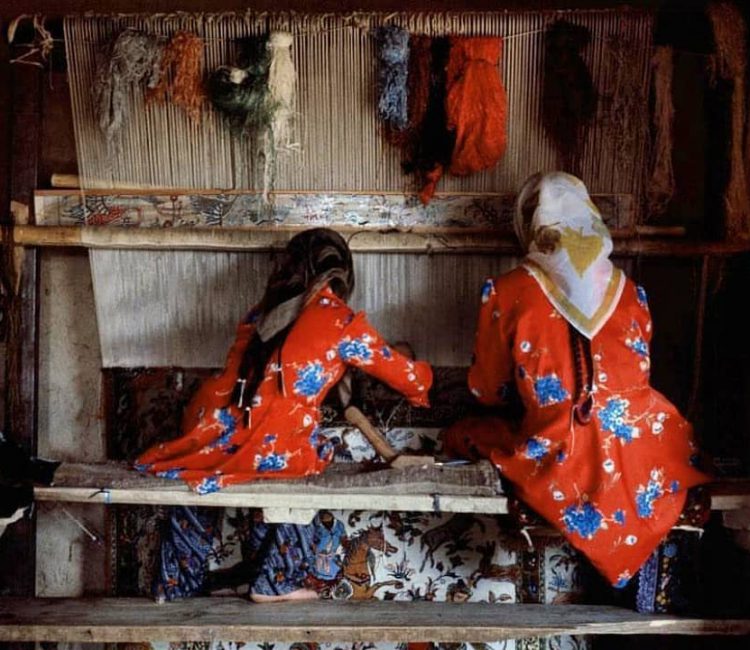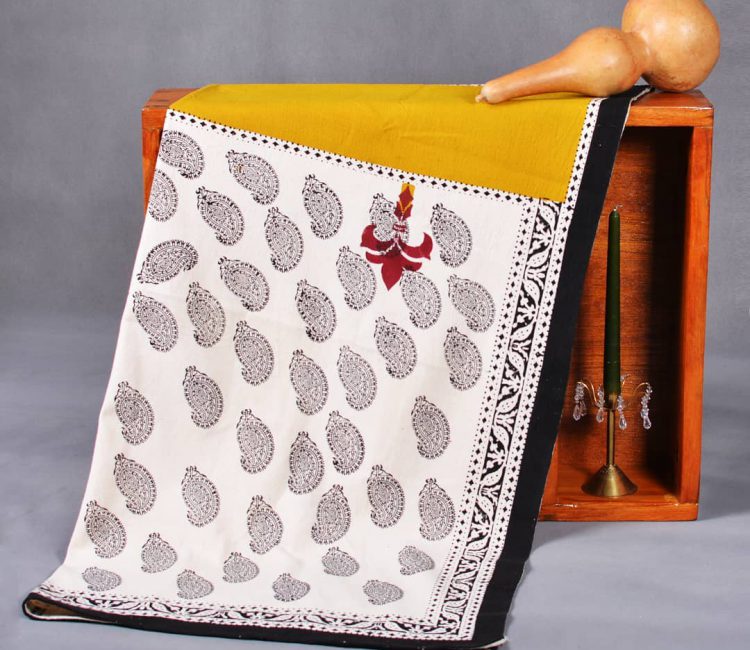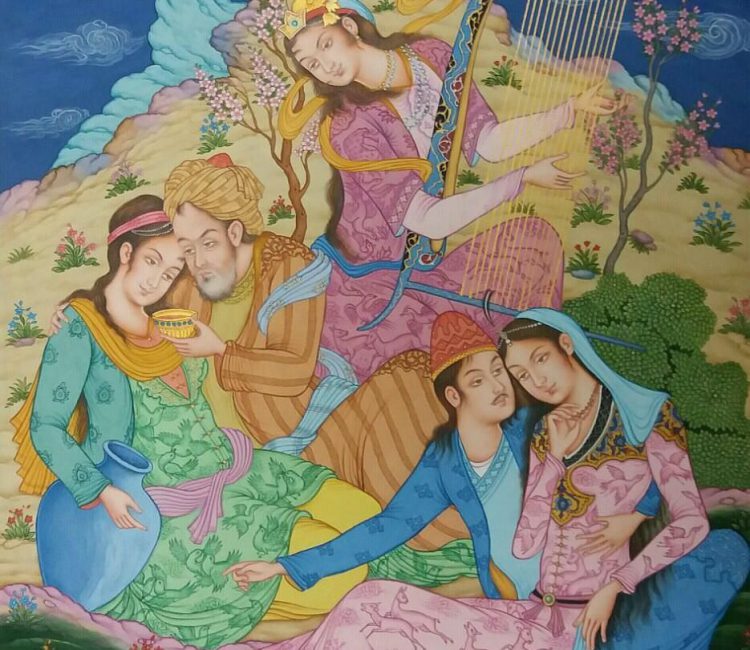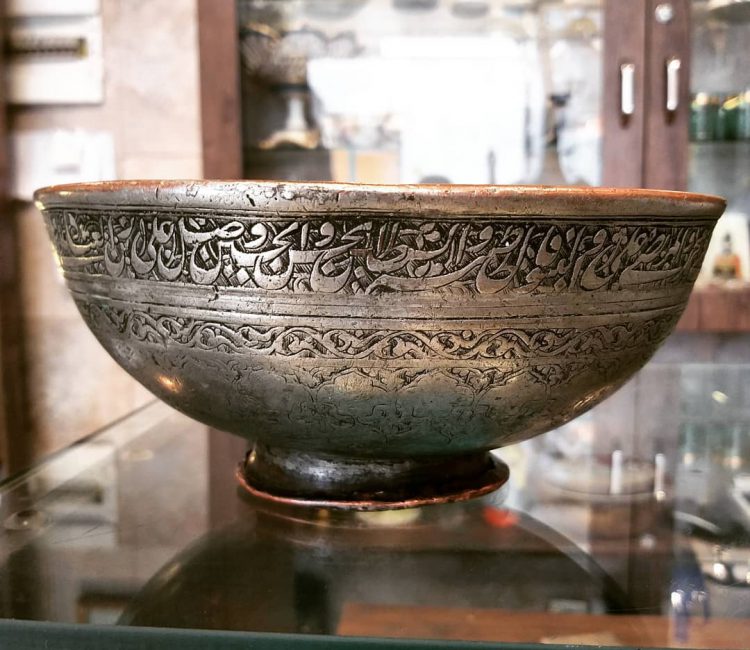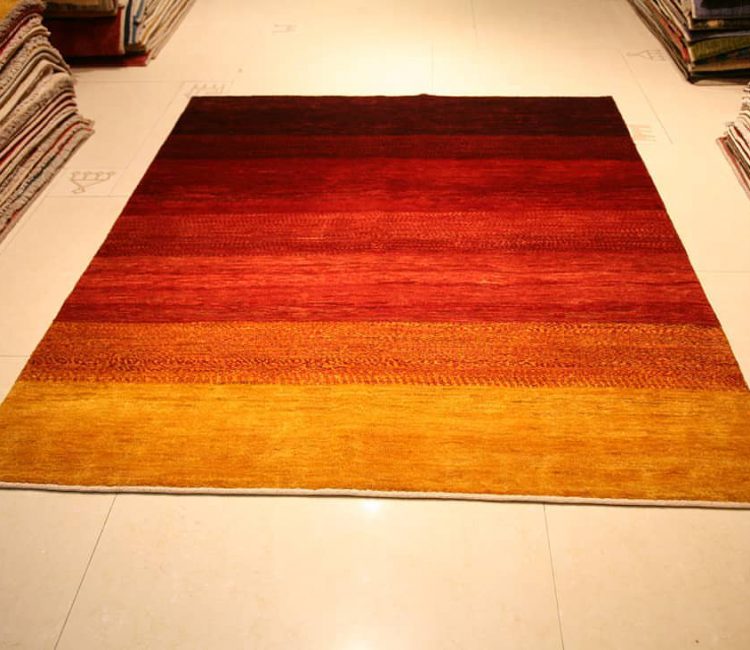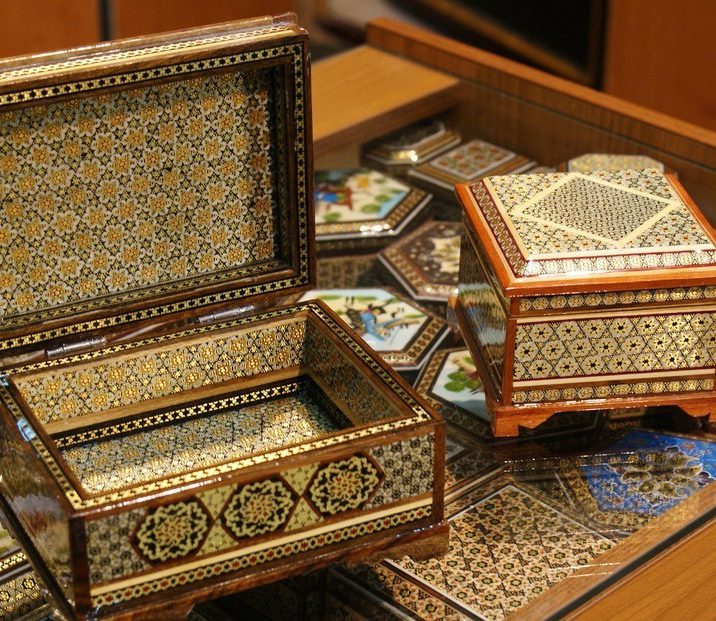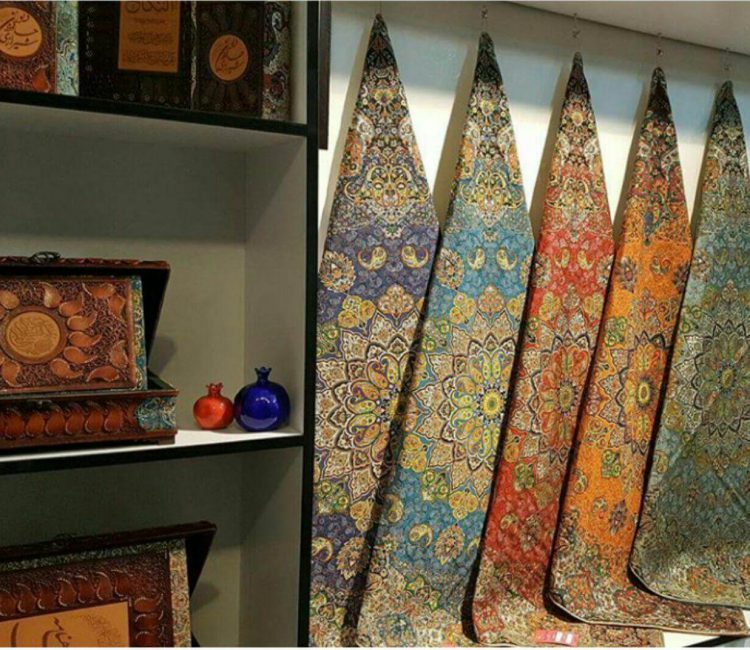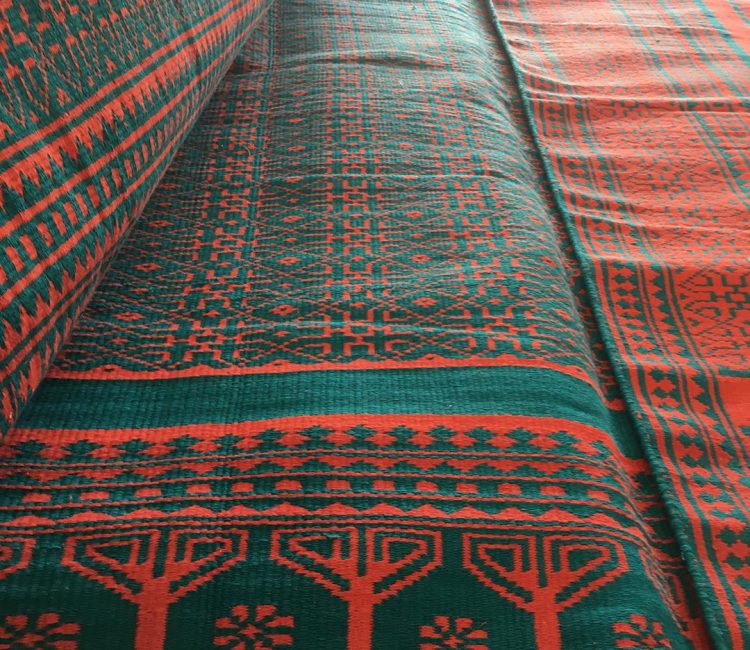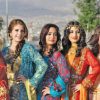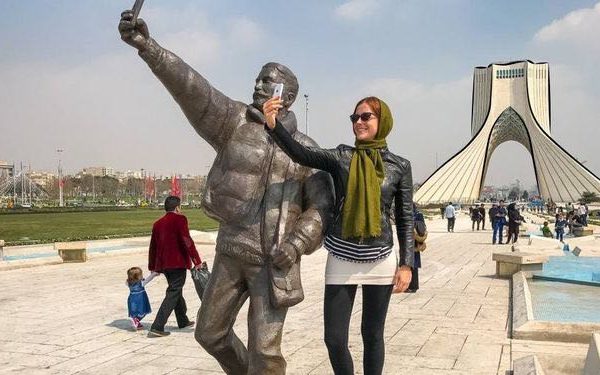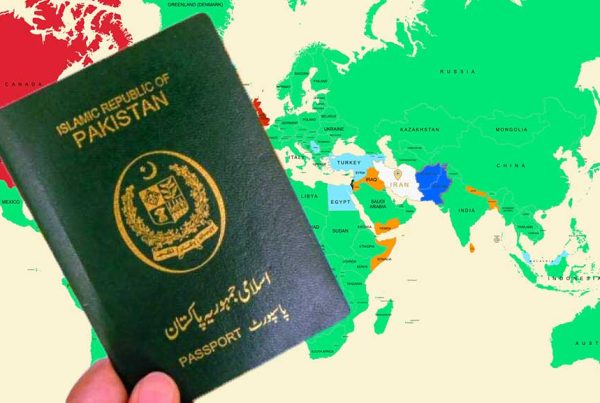Table of Contents
Handicrafts in Iran are mostly decorative art representing the delicacy of Iranian spirit. Playing a part in economic developments from long ago, handicrafts are the true manifestations of traditional art, history and rich culture of Iranians boiling and brewing in each city.
Isfahan
The importance of handicrafts in Iran is tied to Isfahan, the world-class city of handicrafts. With one third of the world handicrafts, Isfahan possesses a distinct cultural identity manifested in more than 195 types of handicrafts which are also closely connected to Iranians’ lifestyle. This city has been turned into a live gallery of handicrafts made by people who grew up to weave, to color, to decorate, to engrave and to create unique and immortal crafts.
Carpet Weaving
Carpet Weaving is undoubtedly one of the most distinguished manifestations of Persian culture and art and among the first artistic handicrafts which have been woven since ancient times in Persia. Motifs of Persian carpet are diverse, depending on the region, some are similar to the Persian gardens and others are medallion, arabesque and geometric that are world-renowned for their quality and artistic splendor. Isfahan’s carpets also embrace a wide range of materials and colors including natural dyes. These carpets often feature densely knit works of wool and silk, with a higher knot count.
If you want to get a comprehensive insight to the production process of handicrafts, we invite you to join our half-day handicrafts tour in Isfahan:
The Passage through Handicrafts’ Paradise in the Oldest Neighborhood of Isfahan
Calico (Qalamkari)
Calico art has been the most well-known handicraft sold in the bazaar of Isfahan for centuries. This art was widely produced in Isfahan during the Safavid era and has undergone several stages of evolution. It is formed by stamping cotton cloth with colored mold to portray various patterns such as arabesque and geometrical or hunting scenes. These pieces are used as tablecloths, curtains and bedspreads.
Minakari (Enamel)
Minakari is a combination of metalwork and miniature. It is the art of delicate painting and coloring on metal which has been practiced from Seljuk Era onwards and flourished in Safavid Era. Minaraki is used to embellish vases, jewelry, candleholders and accessories. Enamel works can be washed while they don’t get scratched.
Miniature
Persian Miniature is one of the earliest types of decorative art (between 7th to 10th century), depicting the Iranian history which has always prided its mythological heroes and literary plots. The miniatures produced in Safavid era in Esfahan are visibly distinct especially in harmony and great variety of vivid color combinations. This precious and illusive patterns are represented on papers, camel bones and wood.
Engraving (Ghalamzani)
Engraving on metal is one of the oldest handicrafts in Iran dating back to 5000 to 7000 years ago. Isfahan is the main center for engraving with numerous patterns which narrate hunting scenery, fictional birds and animals mainly on brass, copper and silver. Walking through the bazaar you can hear hammers clamoring on pieces of copper. Many locals buy this handicraft as it is a tradition that new couples buy silver engraved candelabrums and mirror before they start their new life!
Shiraz
Shiraz is one of the colorful cities of Iran, with its colorful tilework, gardens and handicrafts. The city’s handicrafts are an expression of the roots, culture and identity of its people. Being close to the southern harbors, Shiraz has enjoyed commercial prosperity since old times and has been one of the most important centers of Arab and Indian merchants.
Gabeh
A good range of hand woven rugs are found in bazaars of Shiraz, chief among them is Gabbeh, a kind of pile rug which has been woven by natural-dyed yarns coarsely in form of geometrical or abstract patterns inspired by nature. Originally from the north-west of Iran, Gabbeh is regarded as a tribal rug woven by Qashqai nomads in Fars province. You will find yourself in a perfect feast of colors and patterns embedded in this worldwide famous rugs, representing the cheerfulness of tribal life.
KhatamKari (Inlaid work)
Inlaid work (Khatam) is the artistic combination of wood, bone and metal that has enjoyed great popularity since Safavid period. The tiny and thin colored pieces of wood, brass and camel bones are put together side by side and stuck on a wooden surface. Khatam Kari has always been well-known for its specific artfulness and delicacy, making it the major handicraft of this ancient city. This intricate art, mostly consists of geometrical motifs applied on the doors of sacred places, Quran racks and boxes.
Yazd
Located on the Silk Road, Yazd has been one of the most prominent centers of handicrafts in Iran. Yazd is the city of colors and patterns represented in textiles, carpets and potteries. The descendants of Yazd adopted making handicrafts mainly due to the climatic condition of the city which prevents agricultural activities. During your visit in this ancient adobe city, you will appreciate many artworks and crafts.
Textiles
Termeh Weaving
Yazd is mostly known by its textile especially Termeh, which is famous in Iran. Termeh is a fine delicate fabric woven by silk and wool on curtains, tablecloths, shawls, prayer rugs and fancy garments. As a hand-made craft flourished in Safavid Era, termeh, the oldest textile in Yazd, is rarely woven manually nowadays. You can find termeh fabrics made by machines in bazaars.
Zilu
Originally made in Meybod, this hand woven covering is a kind of carpet used mostly in rural and agricultural areas of Yazd. Symmetrical patterns and natural dyed threads are unique features of Yazd’s zilus. Blue and white zilus are woven to carpet mosques and holy shrines, and green and orange color zilus named Naftal are among the high quality ones you can buy in Yazd and Meybod bazaar.
If you want to discover more about this traditional art, join us in Maybod tour to take you to the world city of zilu. By travelling to this ancient city, you can also visit the pottery workshops, which is another widely recognized craft in Meybod.
Meybod Zilu Museum Tour: the City of Zilu
A Visit to Meybod: On the Track of an Ancient History
Yazd is also the paradise of sweet lovers in Iran! The famous local sweets like baklava, cupcakes, flavored cotton candies and qottab are flavored by saffron and rosewater.


